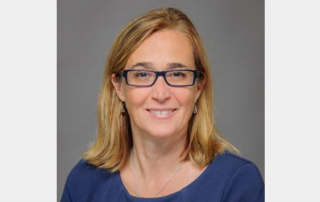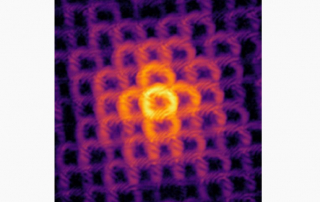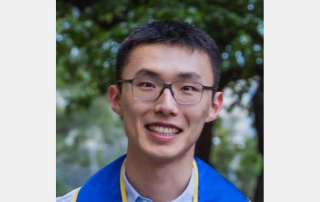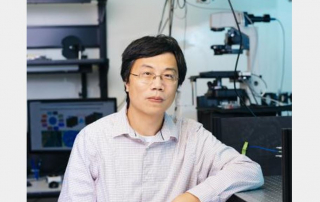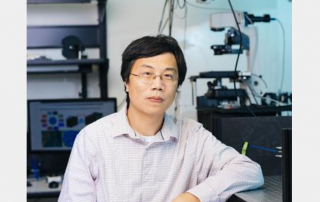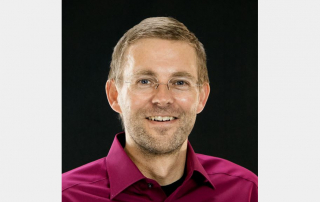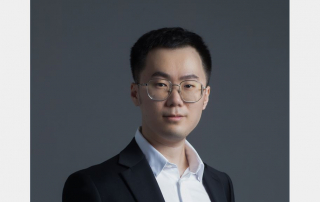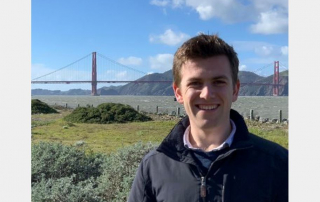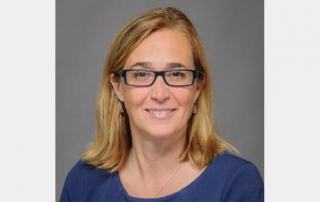Senior Machine Learning Design Engineer
My team is under the ASML Brion Product Engineering Group (PEG) organization, which is responsible for feasibility study, product definition/design, flow integration, performance testing, and early customer engagement. My team is currently focusing on applying machine learning (ML) and data science (DS) techniques into semiconductor applications. Here are two example products we are working on now: Context based wafer level grouping (CBWG) and machine learning based image quality enhancement (ML-IQE). In CBWG, we use traditional machine learning models (e.g., trees) to group wafers based on context information (e.g., fab routing) and then do fine control based on groups. For ML-IQE we apply the state-of-the-art deep learning models to enhance the images from our scanning electron microscope (SEM) equipment. All these ML/DS products are very critical to ASML’s business and bring tremendous values to our customers. We are actively looking for candidates w/ solid background in ML and DS to work with us on solving those real-world challenging problems using latest ML/DS techniques.
The hiring manager emphasized that: “The candidates don’t have to be a ML/DS expert, solid background on simulation/modeling/optimization will work as well.”
